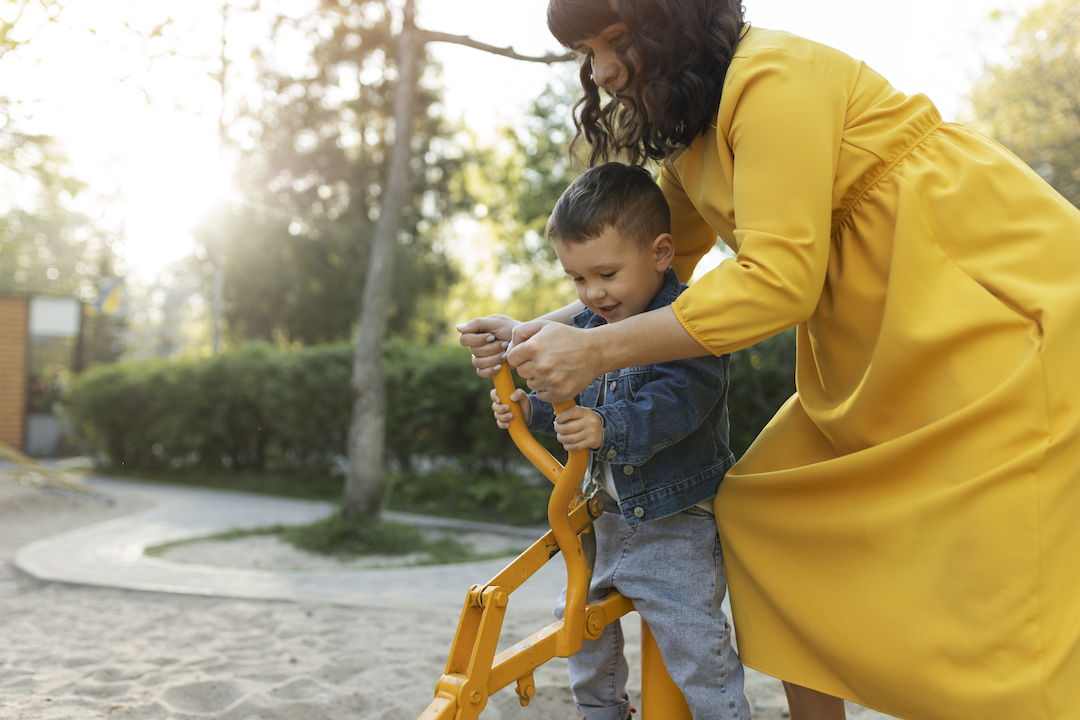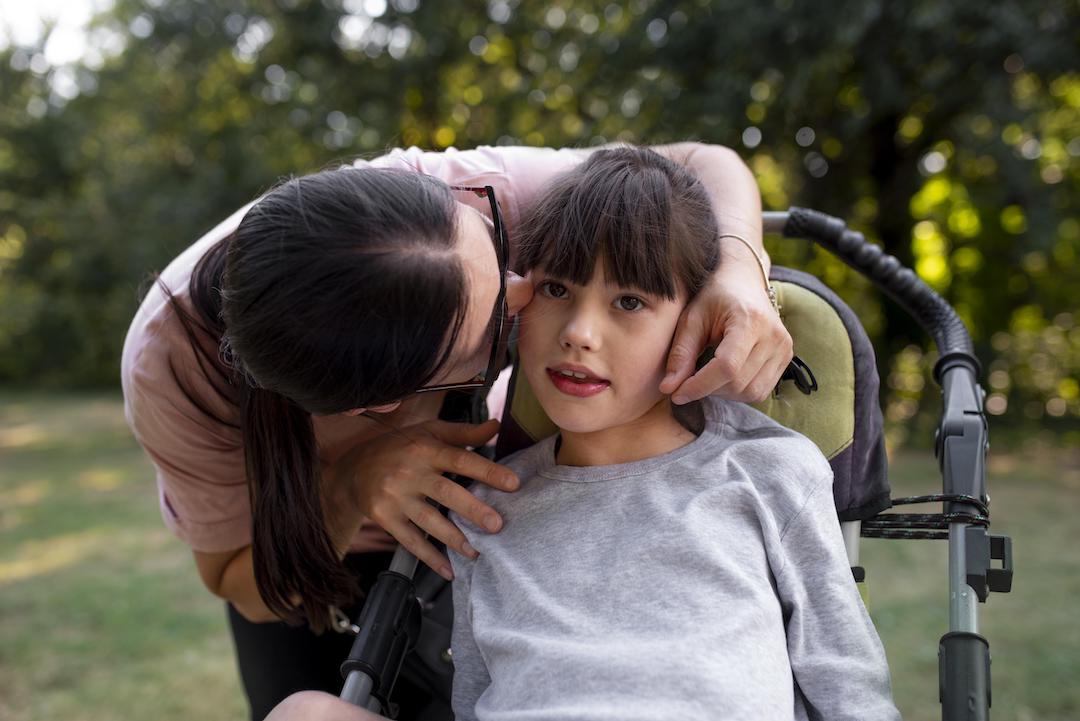Looking for “tadika near me” or “taska near me”? We’ve all been there! With early childhood education (ECE) becoming increasingly popular in Malaysia, parents are faced with many unfamiliar terms. But what exactly is the difference between tadika and taska? Don’t worry, this guide will break it down for you in a clear and simple way.
Early Childhood Education: Building a Strong Foundation
Early childhood education encompasses learning experiences for young children (aged 6 or below) outside the formal school system. This crucial period lays the groundwork for a child’s cognitive, social, emotional, and physical development. ECE programs nurture a child’s curiosity and love for learning, setting them up for success in their academic journey.
Tadika vs Taska: Understanding the Key Differences
While often used interchangeably, tadika and taska cater to different age groups and have distinct focuses, as regulated by the Malaysian government:

- Tadika (Kindergarten/Preschool): Ideal for children aged 4 to 6 years old, tadika programs follow a curriculum set by the Ministry of Education (MOE). This curriculum emphasises:
- Developing Basic Skills: Learning the alphabet, counting, basic reading, and writing in Bahasa Malaysia and English (depending on the school).
- Socialisation: Playing and interacting with peers fosters cooperation, communication, and conflict resolution skills.
- Cognitive Development: Age-appropriate activities stimulate curiosity and problem-solving abilities.
- Physical Development: Games and activities encourage exercise and motor skills development.
- Moral and Islamic Values (for Muslim children): Inculcating good character and Islamic principles.
If you’re searching for “tadika near me,” you’re looking for a program that prepares your child for primary school in Malaysia.

- Taska (Childcare Center/Nursery): Focused on care for younger children (birth to 4 years old), taskas are registered with the Department of Social Welfare (Jabatan Kebajikan Masyarakat Malaysia – JKM) under the Ministry of Women, Family and Community Development (MWFCD). There’s no specific curriculum guideline for taskas, but they may incorporate developmental activities like:
- Play-based Learning: Toys, games, and stimulating activities encourage exploration and learning.
- Social Interaction: Creating opportunities for social interaction is crucial for a child’s development at this stage.
- Basic Skills Development: Some taskas may introduce basic skills like colours, shapes, and numbers in a play-based manner.
Tadika vs Taska: A Simple Comparison Table
Here’s a quick and easy table to understand the key differences between tadika and taska:
| Category | Tadika | Taska |
|---|---|---|
| Other Names | Kindergarten / Preschool | Child Care Center / Nursery |
| Age Group | 4 to 6 years old | Birth to 4 years old |
| Types of Centres | Centre-based Caters to 10 or more children | Home-based Caters to less than 10 children Centre-based Caters to 10 or more children |
| Focus | Preparing children for primary school | Care and nurturing |
| Teacher to Child Ratio | 0 – 1 year old –> 1 : 3 1 – 3 years old –> 1 : 5 3 – 4 years old –> 1 : 10 | 1 teacher : 1 assistant teacher : 25 children |
| Curriculum | Set by the Ministry of Education (MOE) | No specific curriculum guideline, but may incorporate developmental activities |
| Example Activities | Learning alphabet, counting, basic reading & writing (Bahasa Malaysia & English), social interaction, problem-solving | Play-based learning, social interaction, basic skills introduction (colours, shapes) |
| Required Qualifications | Preschool teachers usually have at least a diploma in teaching, and many even have a degree or master’s degree in early childhood education | Childcare providers need to take a 10-day course approved by the government |
Now that you understand the difference between tadika and taska, you can confidently choose the right one for your child. Visit our school directory to explore and find options near you.

Thinking about enrolling your child in a taekwondo class near me? Let’s break down the colorful world of taekwondo belts in a way that’s easy to understand. What are Taekwondo Belts? Taekwondo belts are like badges of achievement. They show how much your child has learned and grown in their martial arts journey. Think of […]

Want to give your child a head start? Enrichment classes can help! Let’s explore eight popular options to boost their skills! 1. Arts and Craft Children will explore their creativity through various art forms like painting, drawing, sculpting, and crafting. Benefits: Develops fine motor skills, problem-solving, and imagination. 2. Taekwondo Learn the art of self-defense […]

In Malaysia’s diverse educational landscape, an increasing number of non-Chinese parents are choosing Chinese primary schools for their children. This trend reflects changing perceptions about education and future opportunities. Let’s explore five key reasons behind this growing preference: 1. Strong Foundation in Mathematics and Science Malaysian Chinese primary schools are known for their strong emphasis […]




